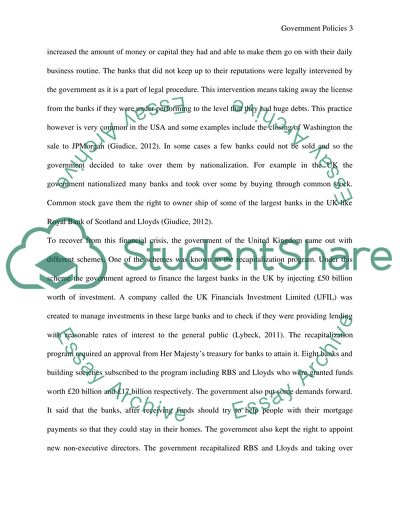Cite this document
(“UK Government Policies Essay Example | Topics and Well Written Essays - 1500 words”, n.d.)
Retrieved from https://studentshare.org/finance-accounting/1468737-uk-government-policies
Retrieved from https://studentshare.org/finance-accounting/1468737-uk-government-policies
(UK Government Policies Essay Example | Topics and Well Written Essays - 1500 Words)
https://studentshare.org/finance-accounting/1468737-uk-government-policies.
https://studentshare.org/finance-accounting/1468737-uk-government-policies.
“UK Government Policies Essay Example | Topics and Well Written Essays - 1500 Words”, n.d. https://studentshare.org/finance-accounting/1468737-uk-government-policies.


